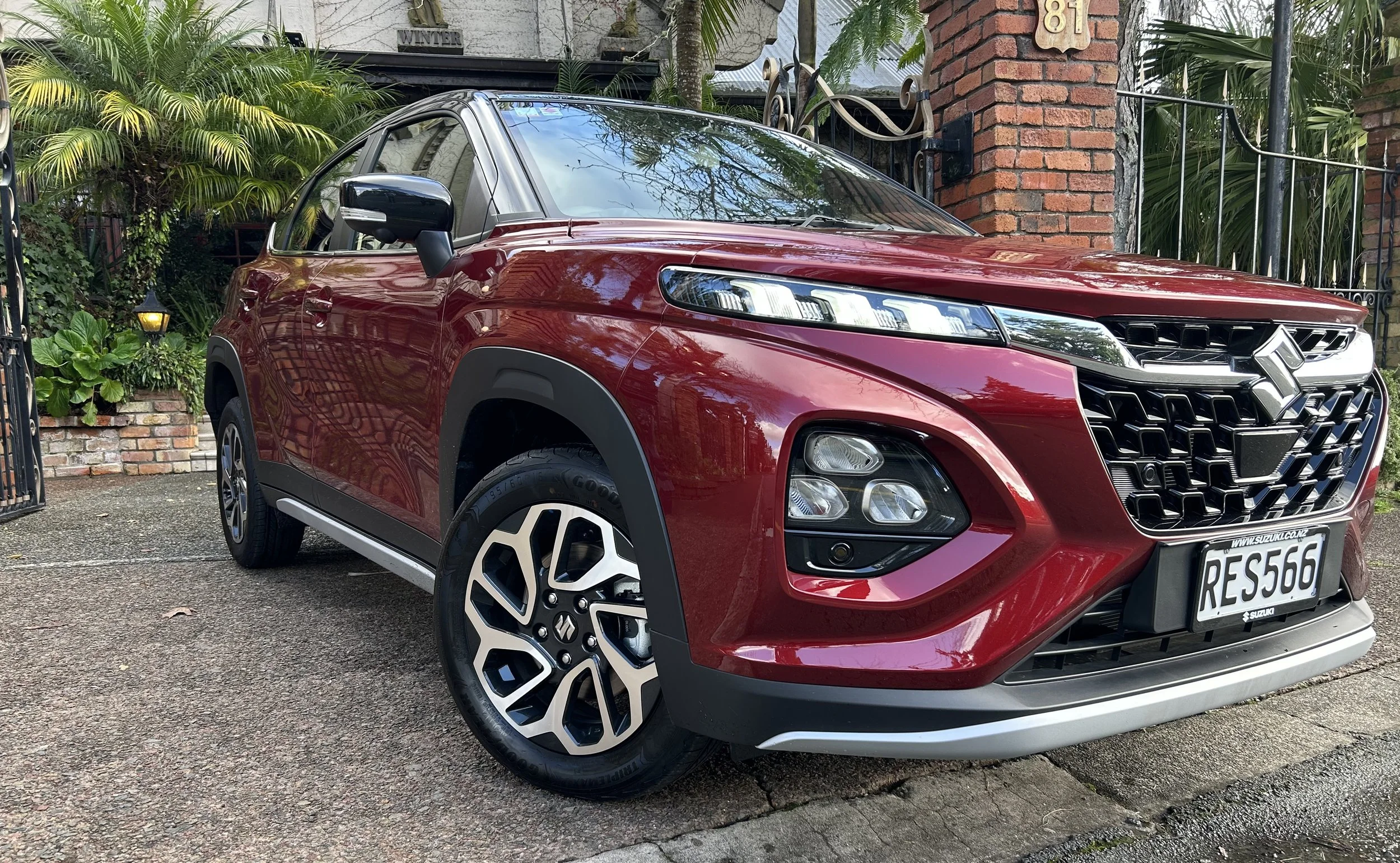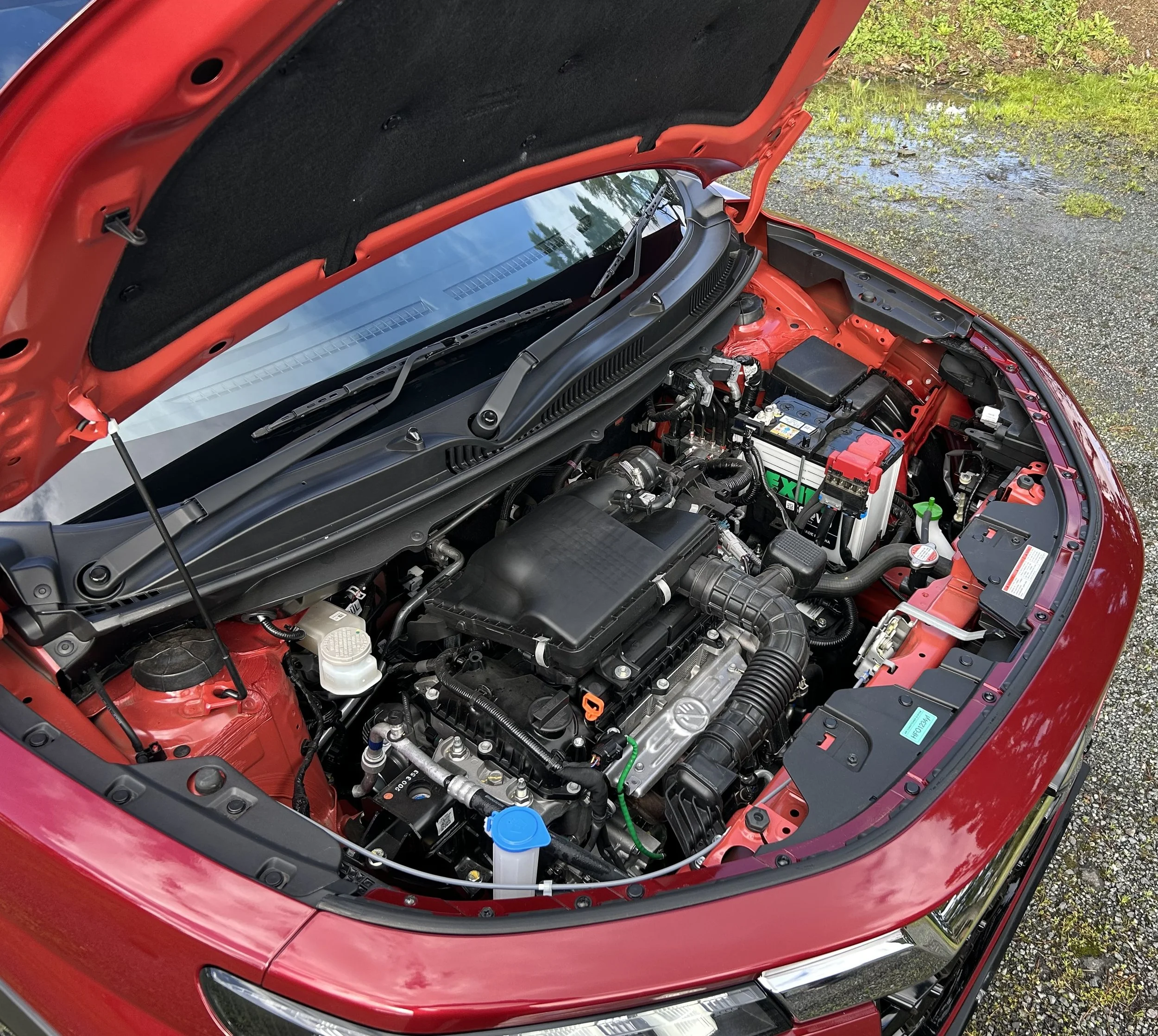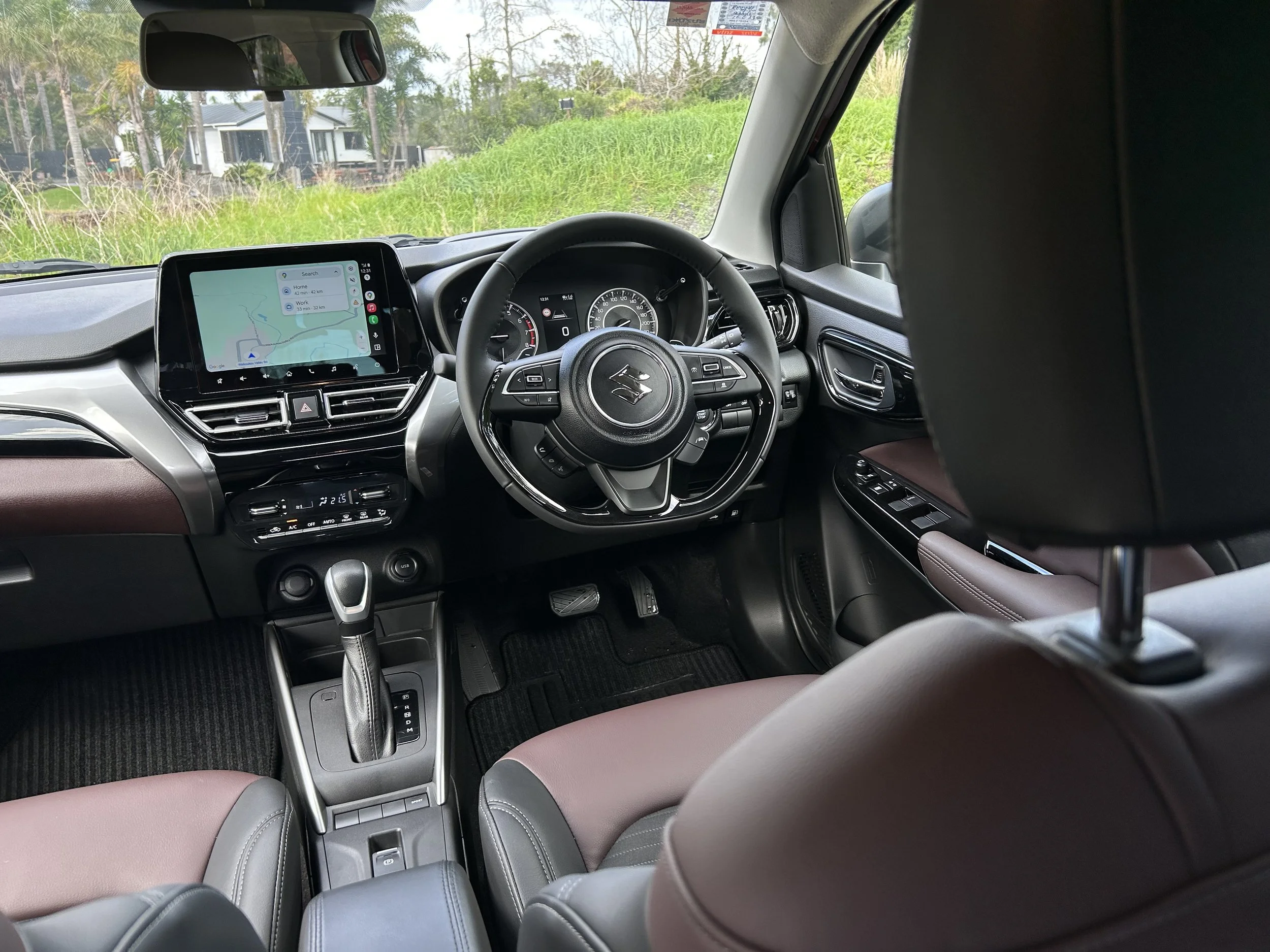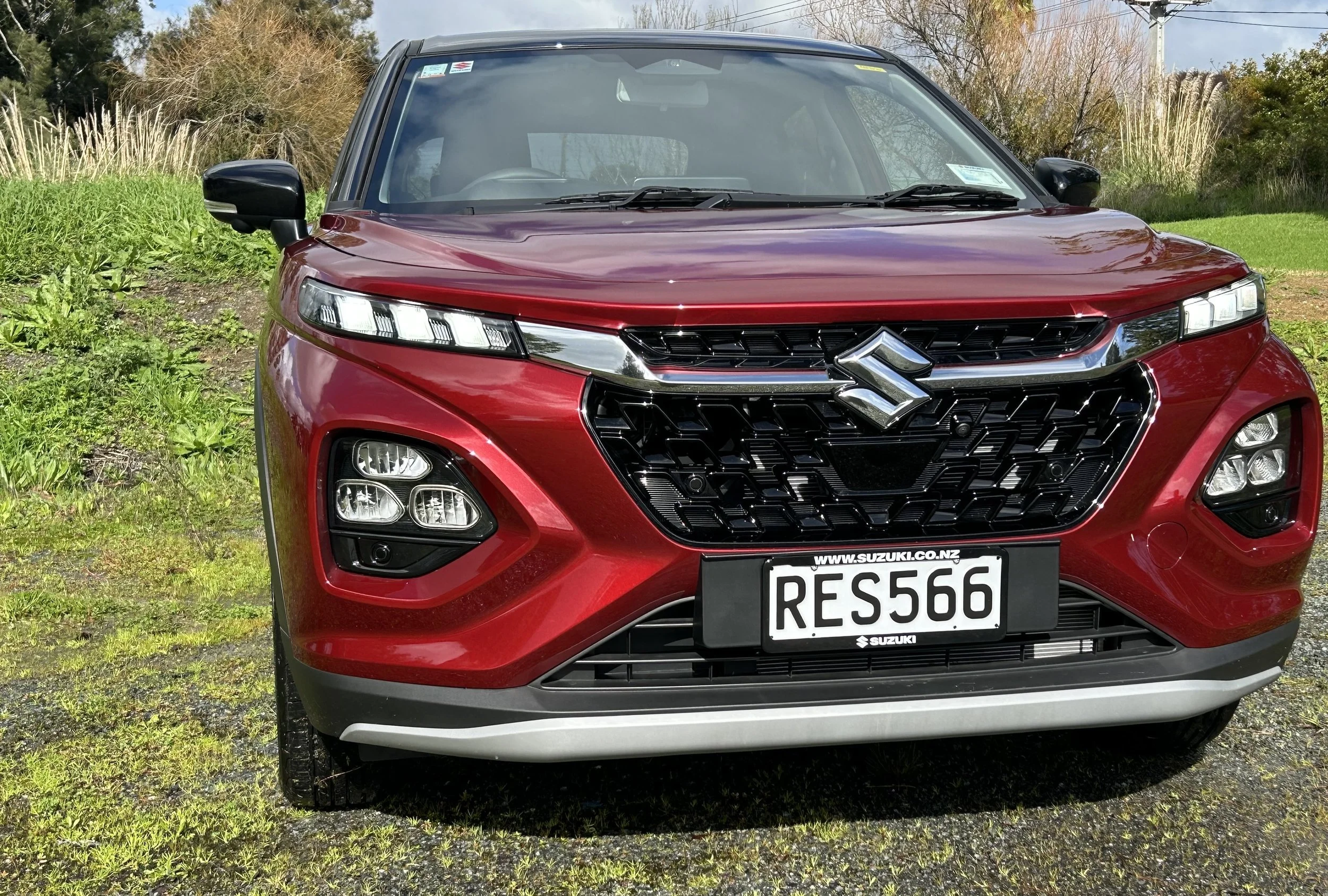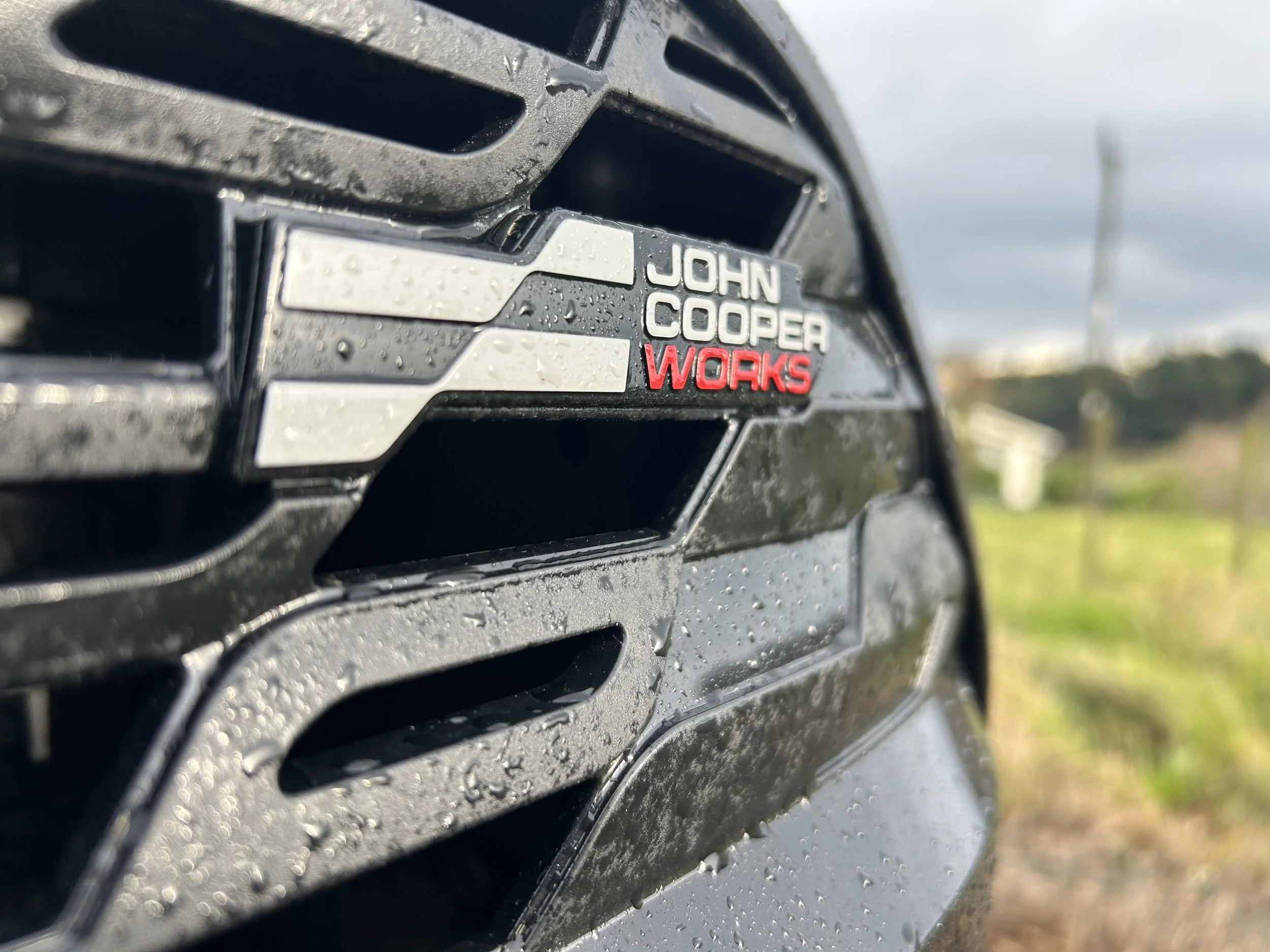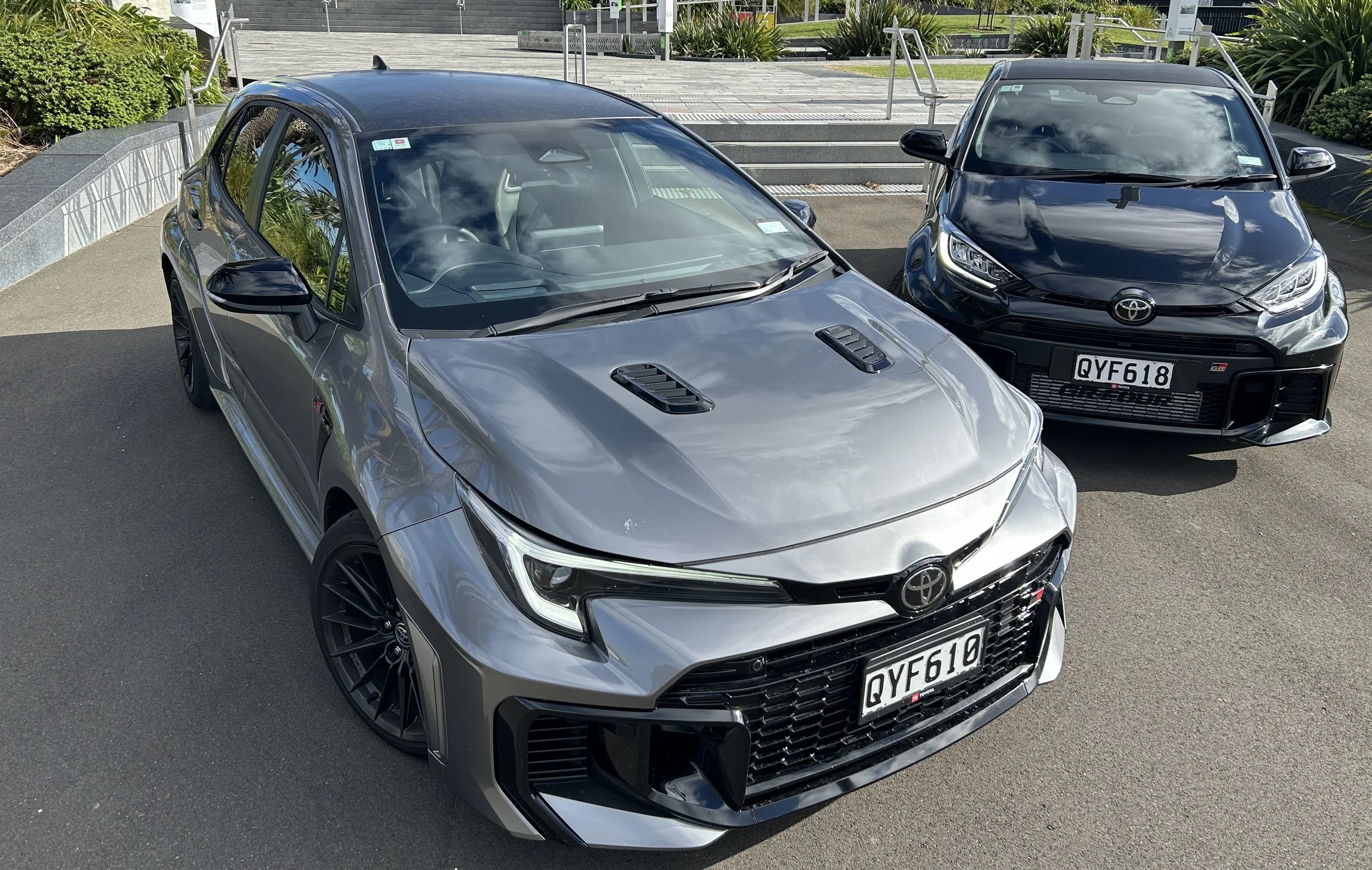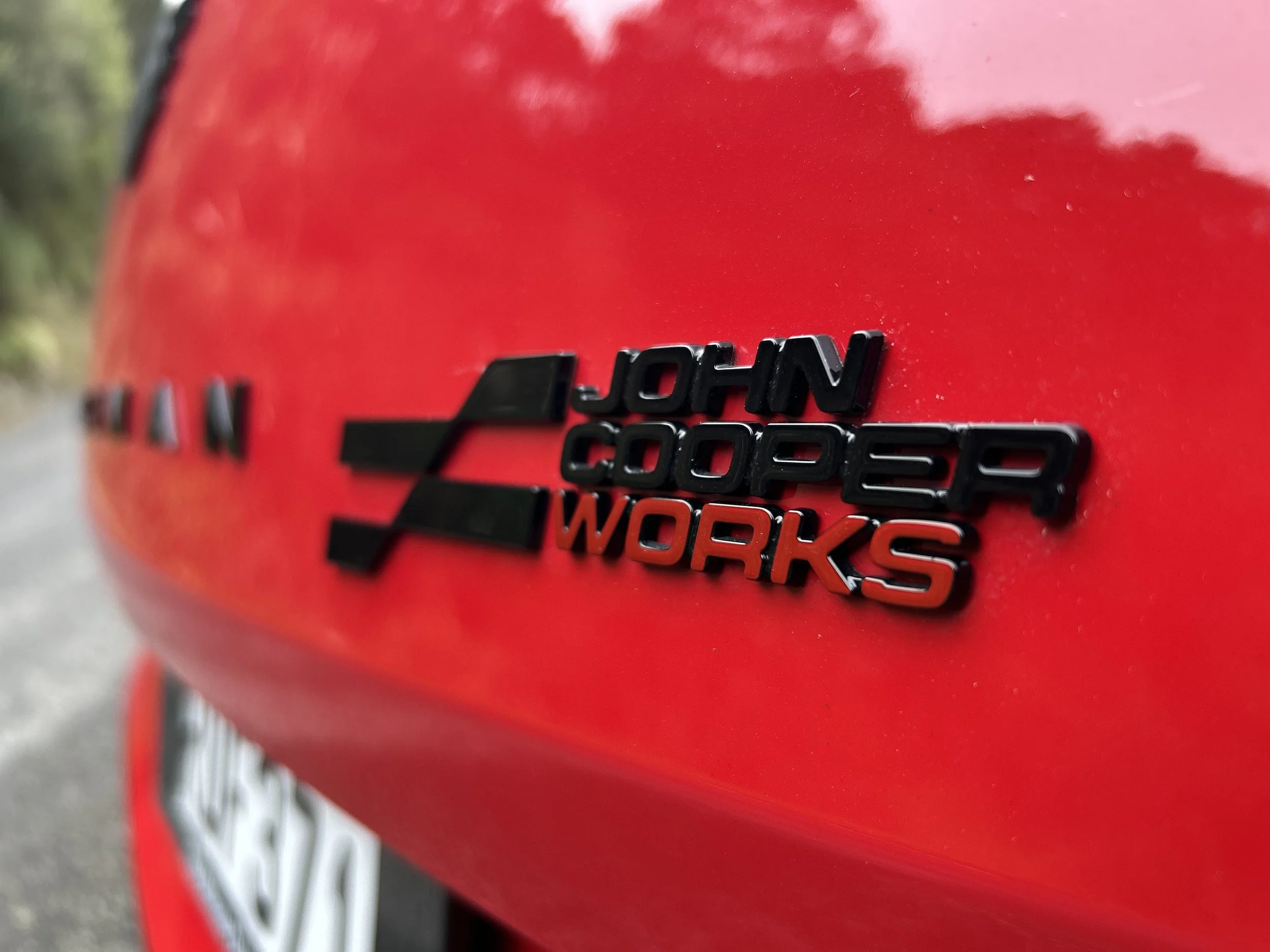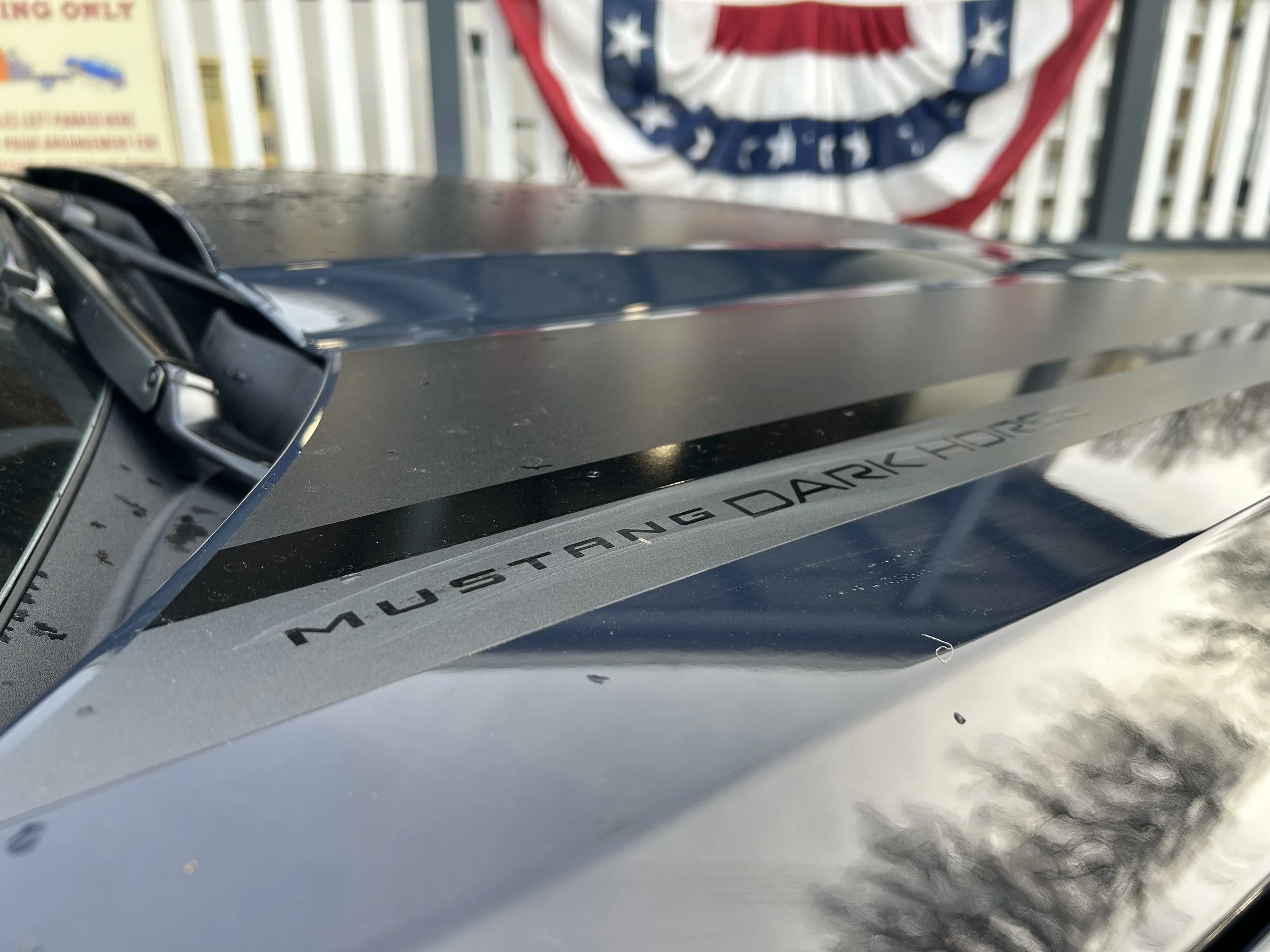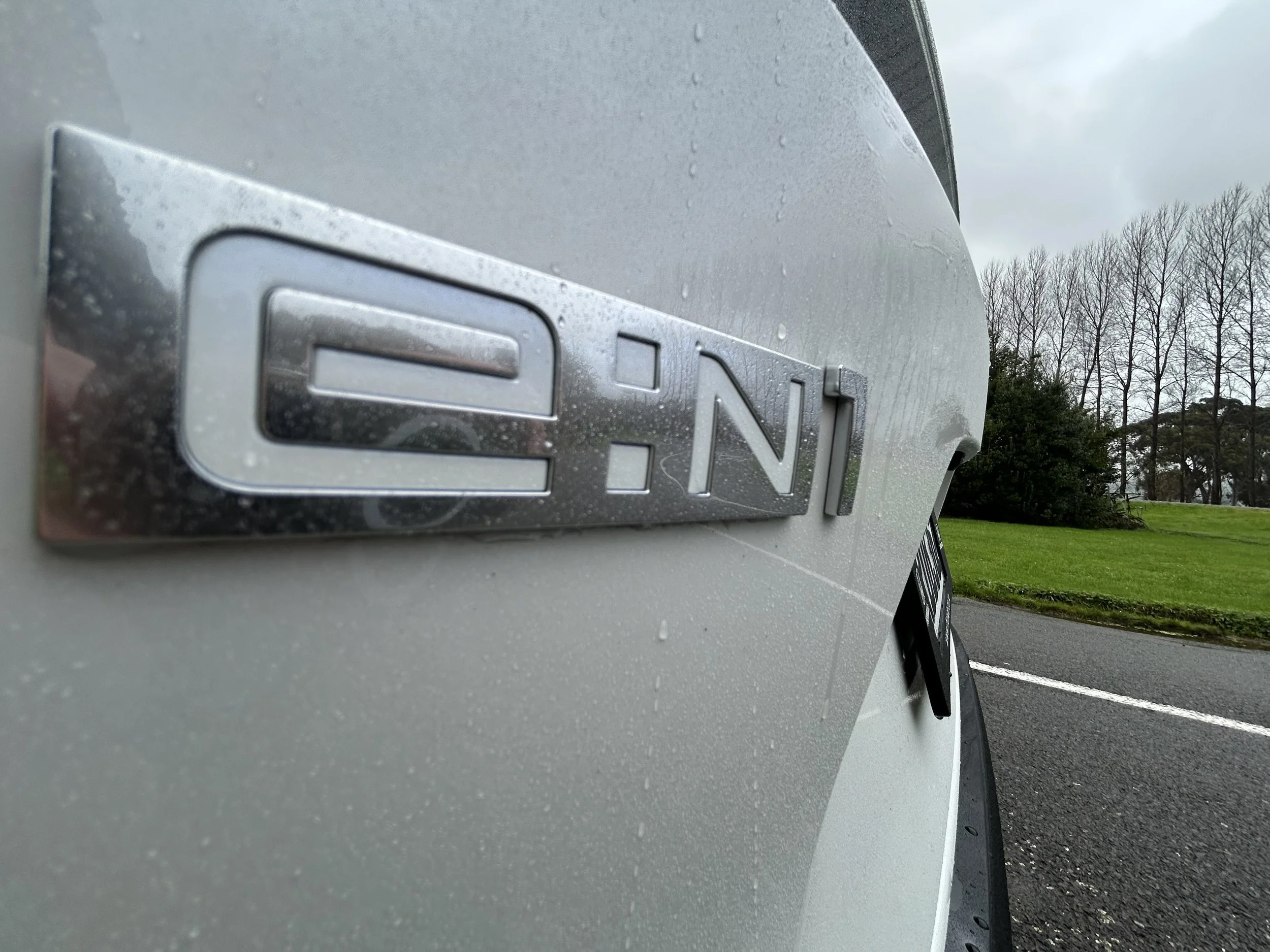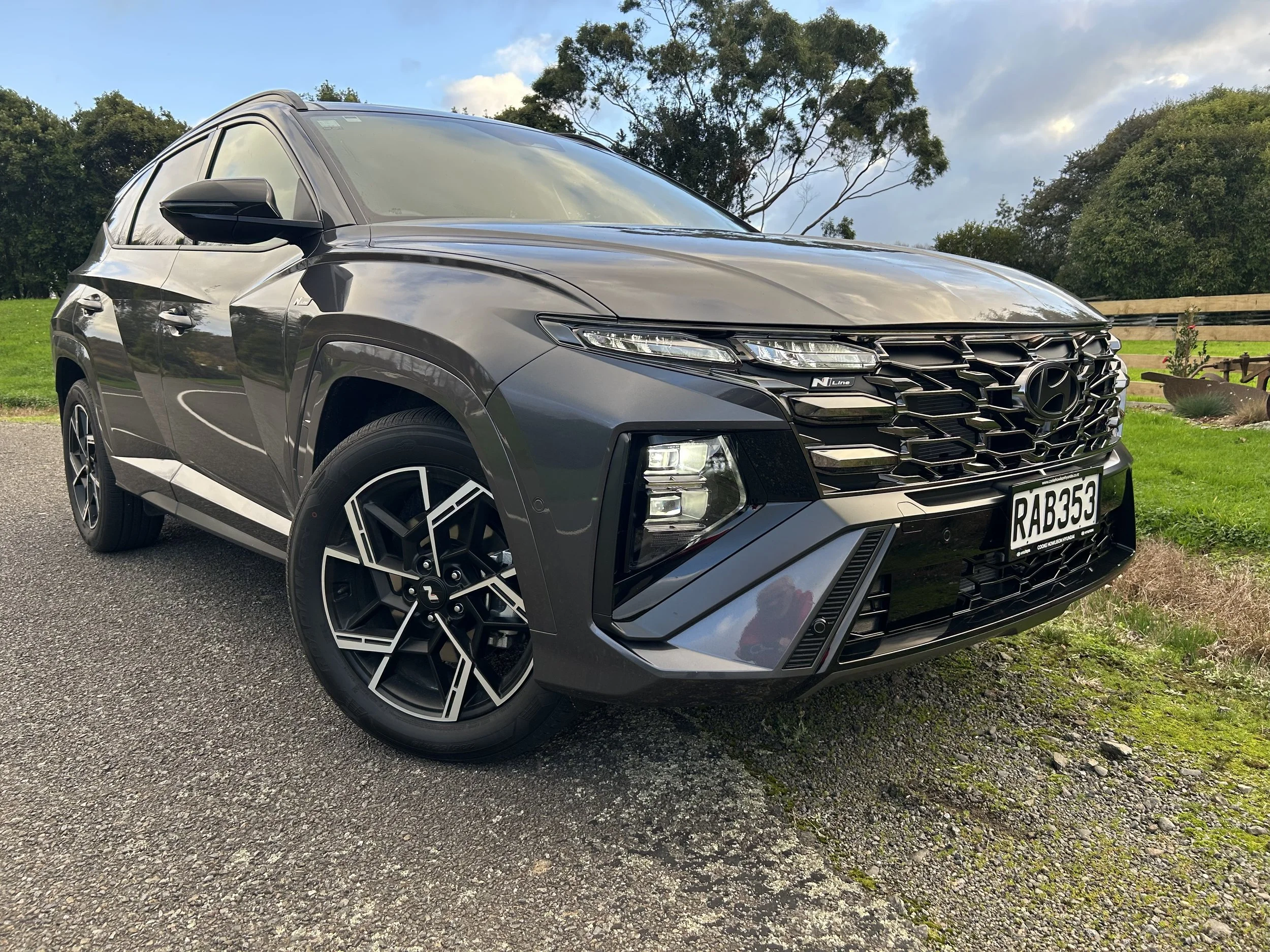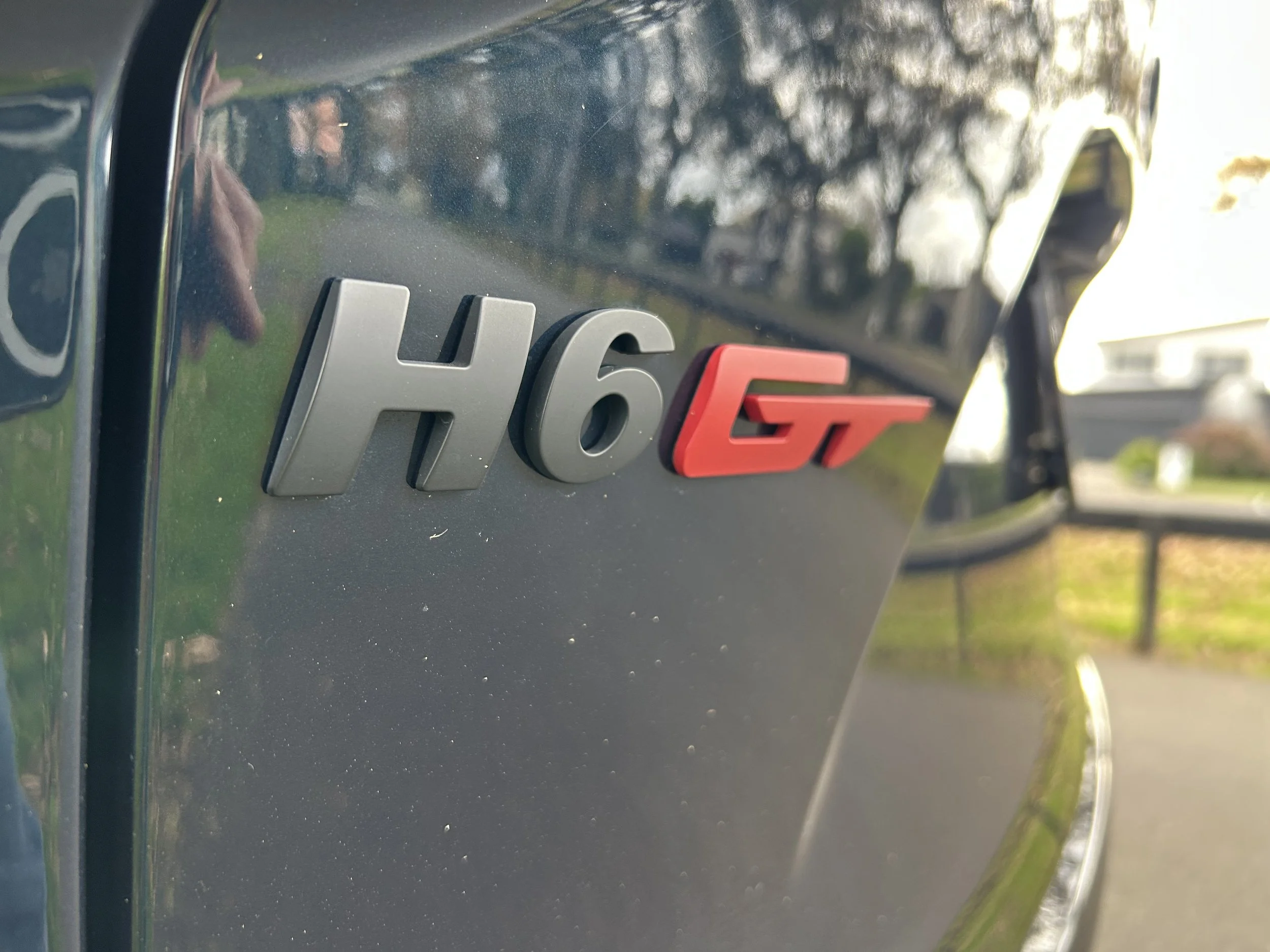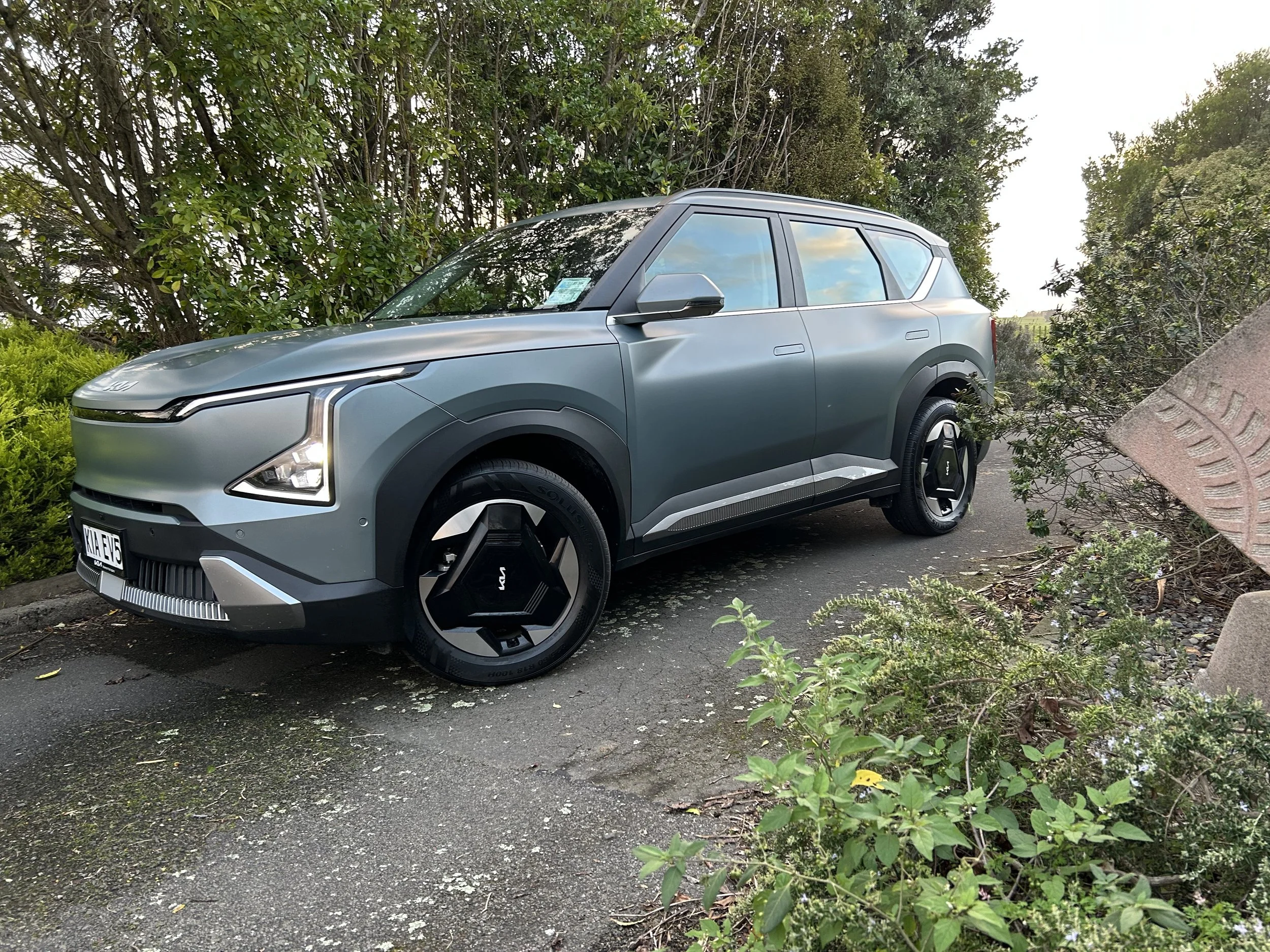Suzuki Fronx first drive: Mild spice from India
/A compact crossover replacement for the Baleno rocks up with sharper styling and largely familiar feel.
OCCASIONAL off-the-wall quirkiness isn’t beyond Japan’s smallest car maker.
This is the brand behind the Mighty Boy and X-90 micro utes, the giant-killer twin cam Swift GTi and and the Cappuchino, still to be unseated as the world’s smallest convertible. (For reference, think half-scale Mazda MX-5). And, of course, it still has the Jimny.
But mostly, Suzuki sells sensible shoes. Everyday orthodox doesn’t necessarily make for a banging headline, but cars like this have potential earn their makers a solid living.
So to the Fronx. The second India-sourced car in Suzuki’s ranks, whose name is a portmanteau of ‘frontier next’, enters the market in one level of trim, with one drivetrain choice - 1.5-litre hybrid six-speed automatic in front-wheel-drive - for $29,990, but only until they shift 300.
Then the price will rise by another $2000. The sole option is two-tone paint, which holds a $1000 premium.
First time driving suggests its a journeyman job, pretty much as you’d expect of the genre and certainly not much different than what came previously. Suzuki is settled into its particular way of do of doing things, and that way expresses solidly here.
Perhaps a longer test will reveal different virtues, but overwhelming impression from a quick scoot from Auckland to Waiuku and surroundings was that this is a car that aims to prioritise sense of value and low-cost operability. In all likelihood, rational merits will overpower any emotional shortcomings.
But Suzuki knows its audience are, by and large, head rather than heart folk; people who chase practicality at an affordable price. If they don’t have to refuel more than once a fortnight, that’s a win as well.
That ideology served the Baleno well and, from brand feedback, that car’s departure three summers ago was a blow to its fanbase.
Many simply held onto to what they had in hope there would one day be a replacement. It’s Fronx and, from all accounts, the trade-in action has begun already.
On the powertrain front, this latest offers is a new, if relatively modest step forward.
The 1.5-litre four petrol installed now is a larger engine by Suzuki standards and also for this platform, with previous incumbents being a 1.0-litre triple turbo and a normally-aspirated 1.4.
On output - 76kW and 137Nm - and efficiency the Fronx engine is within category expectations. Married to a six-speed automatic, it’s a mild hybrid, using a 12-volt system with integrated starter generator. This allows the electric motor to start the engine and assist it during acceleration, lending up to 55Nm extra oomph.
ISG is found in other Suzukis already but the set up in Fronx takes a fresh turn in being is the first to marry with a 91 octane-friendly engine. That alone is a telling factor in to why the car didn’t instead continue with the 1.0-litre turbo triple, which was something of a gem.
Any back-to-back comparison between a triple cylinder Baleno and this Fronx could well maintain impression the smaller is mightier. The old mill’s output optimals coming to 6kW and 33Nm more. So why not one more turn around the block?
One big inhibitor against the three-cylinder is that it demands 95 octane or higher. Notwithstanding that Suzuki also concedes the 1.5 is also not delivering its very best on the lowest pump grade, factory-cited data shows the latest engine to be more frugal. Cited consumption of 5.4 litres per 100km represent a 0.4L/100km advantage. It’s also cleaner burning, with 121 grams per kilometre exhaust emissions against the three-pot’s 134g/km.
As for the Baleno’s ‘other’ engine? It cites as being as lean as the new 1.5, yes ,but was much less powerful, dirtier and hooked to a four-speed auto few favoured.
In respect to equipment expectations and safety standards, Fronx also sets a higher standard than its predecessor. It is full of standard equipment, both aimed at general comfort and overall occupant well being.
A faux leather black and burgundy trim, a 9.0-inch touchscreen, it gets a flip-up head-up display, wireless charging, wireless Android Auto and Apple CarPlay, front and rear parking sensors, a 360-degree camera, and an electric handbrake (a Suzuki first).
It also comes with an extensive suite of safety tech, including traffic sign recognition, radar cruise control, blind-spot monitoring, traffic sign recognition, eight airbags and automated emergency braking. All the stuff needed to win a strong crash test safety accreditation. Conceivably.
The car arrives without any useful independent analysis; the sole crash test so far conducted was to Japan’s domestic test and the outcomes have no standing here.
Resolution requires assessment from our sole nationally-recognised auditor, Australasian New Car Assessment Programme, which logically likely won’t happen until some time after September when the car gone on sale in Australia. The last Suzuki tested by ANCAP was Swift - despite also being loaded to deliver safety sensibility, it didn’t do at all well. A one star out of a possible five is the worst for any Suzuki here, let alone any Swift.
Fronx being obviously new is clearly evident on first meeting, yet when slotting into the cabin and also when driving there’s sense of deja vu.
Suzuki has become a dab hand at knocking out sports utilities and crossovers that have a certain feel, performance level and ambience. If you've driven a Vitara, S-Cross/SX4 or that Baleno, familiarisation with this car will be a doddle.
The exterior styling is best demonstration of Suzuki becoming more bold it how it wants to be seen by the rest of the world.
Though not what you'd call spectacularly pretty nor imposing, it's a tidy-enough looking crossover and, more importantly, is patently a lot less nondescript than Baleno. A bit more hatchback in style, it delivers a strong profile and the nose and rear are nicely rendered.
The interior seems a touch less daring. Suzuki’s dedication to stacking in up to date features cannot be faulted. There's nothing wrong with the way the dashboard and main instruments are laid out, a head-up display is a nice touch. The panel for the climate controls is refreshingly straightforward to use, and there are some helpful storage areas.
But the approach is rather generic. For one, you’d almost think they’d dusted off a console already in stock and inserted it into a brand-new car. Also, soft touch materials also still seem an anathema to Suzuki. There's a lot of cheap, hard plastic in evidence and the centre infotainment screen has the look of cost-constraint, too.
The screen is well-sized, though, and though some of the graphics are a bit Atari-esque, the system actually works quite well and it’s helpful you can bypass Suzuki's own software with your phone. A shame you'll never get away from the fact that the screen is slightly low-resolution. That goes equally for the picture you'll see on the reversing camera.
In front of the driver, there's a pair of clear, plain analogue dials and between those is a small but legible digital screen.
All good, but shame about some ergonomic strangeness. Half a dozen buttons locating as a cluster almost in front of the driver’s right knee doesn’t seem a brilliant ideal to me. A couple are important, but all might be easily ignored as they’re not at all easily seen when you’re at the wheel.
Still, everything feels well-enough bolted together, and Suzuki's good reputation for solid build quality raises confidence it’ll still be in good nick years from now.
Fronx is physically smaller than the Kia Seltos and Stonic and the Mitsubishi ASX, which are cited as key competitors by Suzuki NZ (perhaps the Chery Tiggo should be as well).
However, being on an updated Baleno platform doesn’t inhibit it from being beneficially larger in some respects with the cabin.
There’s good legroom and headroom in the front, and useful space in the back seat. The rear isn't massively roomy or anything - don’t expect it to be Uber car of the year for that - but two tall rear seat passengers fit in fine, and you should be able to squeeze in a third rear-seater for short journeys.
For what concession? Lift the hatch and it’s evident boot capacity has shrunk down. The Baleno in its own right was marked down as adequate in offering 355 litres. So to see Fronx being cited as having an even more constrained 308 litres capacity with the seats in place seems risky if you want to carry luggage rather than just the weekly shop and cannot drop down the rear seat backs. Which also doesn’t make a world of difference, with 605 litres’ overall capacity availed. That’s about equivalent to what some other compact cars now offer in true boot space alone.
Fronx does have a false floor, with another space below, and no-one seems sure if the volumes of those areas was counted or not. It’s quite useful having a floor base that can be set to a lower level or used as a separate compartment. It lacks a spare wheel, regardless that there seems to be allowance for one. Instead, the cavity is taken up by a large polystyrene insert that holds a small pump and some gunk, but also has a cavity into which you could conceivably put more stuff.
The cars on try drive were essentially all brand-new; the first shipment had just come in barely a week before the press event and there’d been no time to do much more than pull off the protective wraps and fill up the tanks.
From past experience, Suzuki engine’s tend to free up after a couple of thousand kays. The car for this endeavour hadn’t clocked anything like that. So that it felt challenged to set our hearts aflame with a desire could be excused. On strength of how it operated on the day, performance wasn’t sparkling but felt brisk enough, and there was definitely a faint improvement in mid-range shove thanks to the hybrid system.
You’d have to efficiency can be gained from having a light car. the S-Cross weighs a mere 1065kg at the kerb, rising to 1480kg gross, and also helps it achieve a degree of friskiness to it its step. But you soon realise that any outright sporty feeling is more surface than substance. It feels fairly game, but is clearly no hot hatch, and nor does it really need to be.
It has light, accurate, quick-reacting steering and seems to deliver failsafe chassis balance. Grip seems fair but it can get a bit jittery over repetitive urban bumps. There’s nothing much here to get upset about, not least if you are the specific buyer type being targeted. Refinement on the car I rove could have been better; noise from the 195/60 R16 was pretty rampant on coarse chip. But that's also the price you pay for the low weight. Just crank up the stereo.
From first impression, the Fronx is not a car that might draw too much attention from the image-conscious. And it continues where Baleno left off in being a car that is challenged to blow anyone's socks off with performance, styling, and dynamics.
But it's a sensibly thought-out machine, well-made, likely hugely reliable and frugal. It's kind of hard not to appreciate all that. A solid workhorse.
The writer attended as a guest of Suzuki NZ, with travel and a meal provided.

